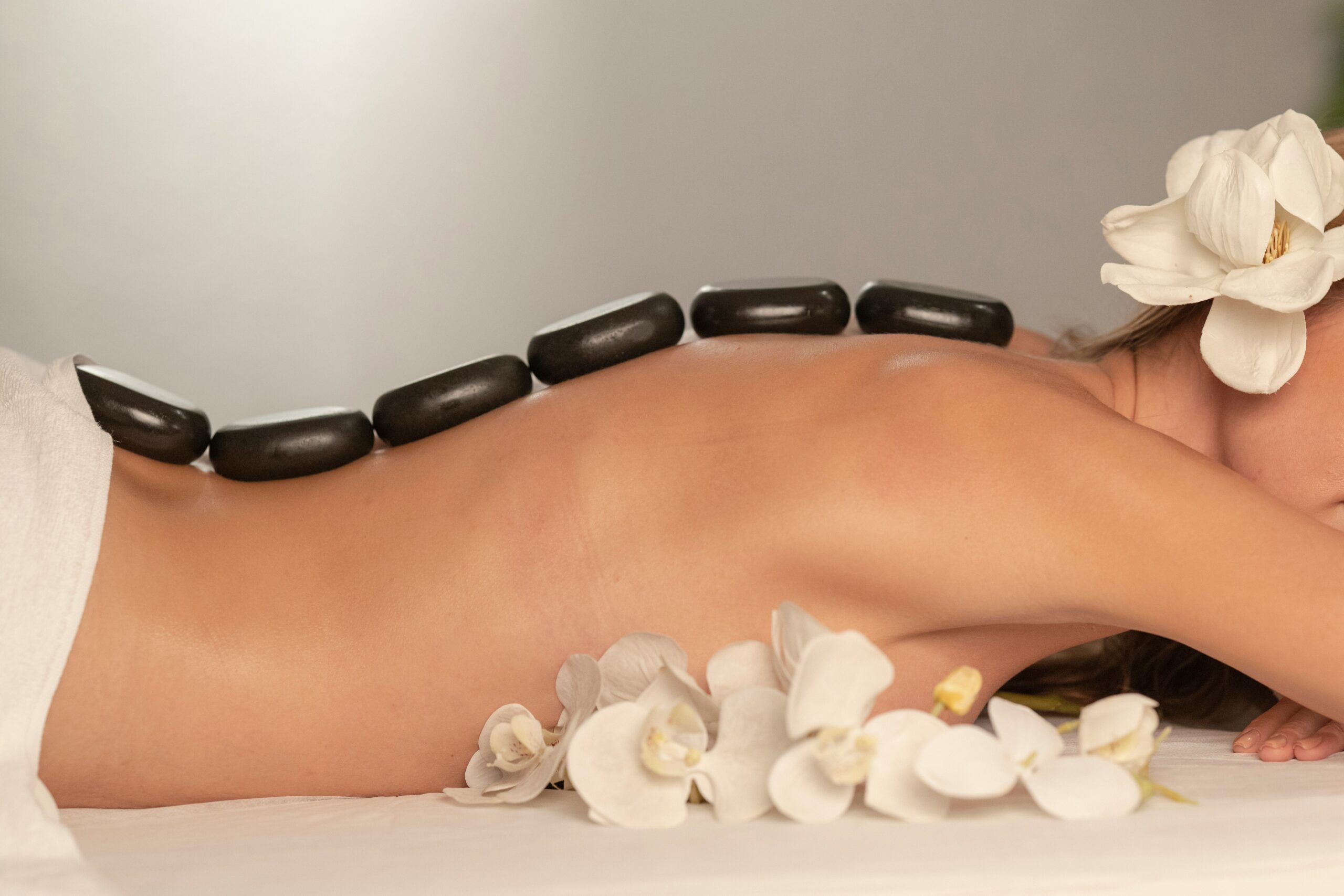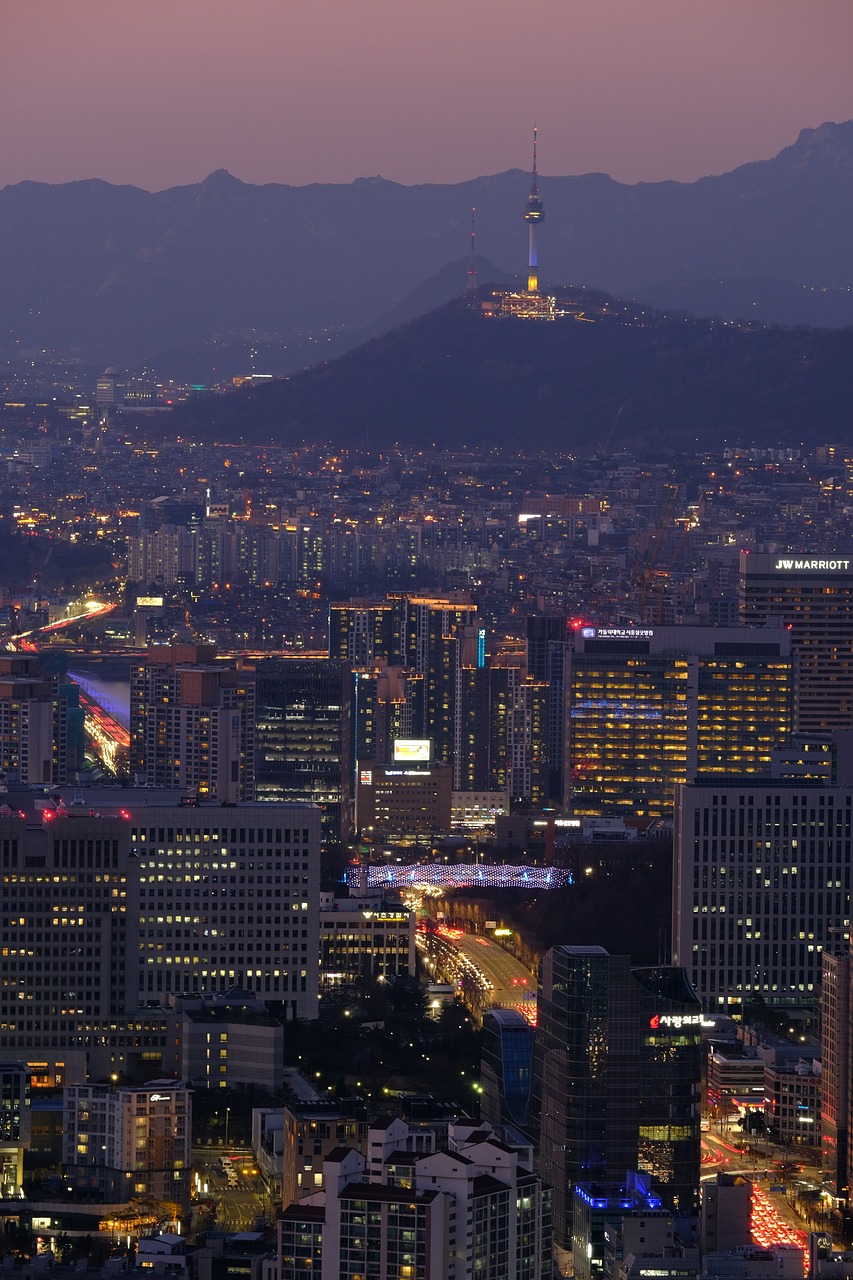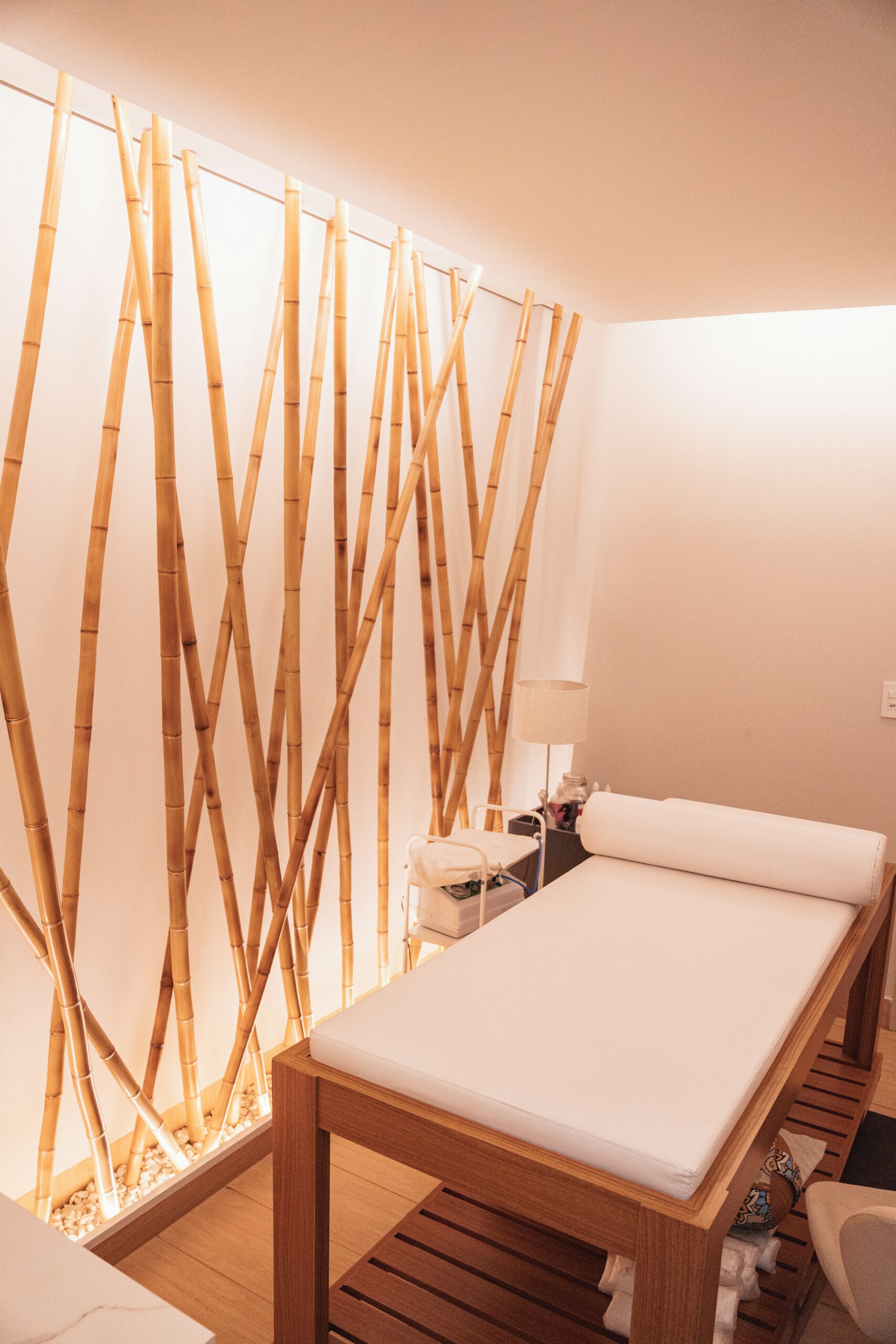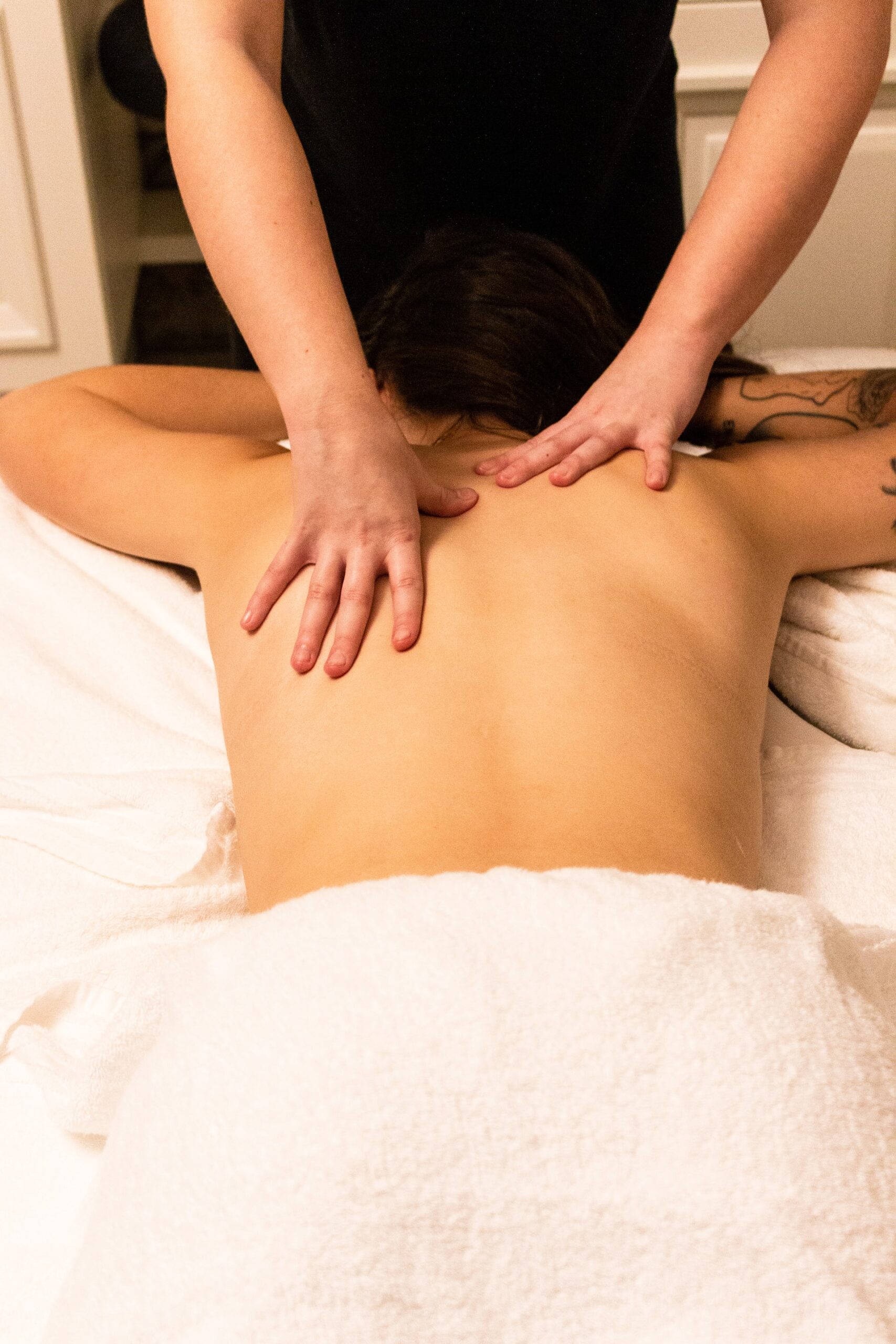Bars across Gangnam present a clear lesson in variety. Guests can settle into low couches under soft light, stand under a skyline panorama with a city-wide view, or lean across a compact bar to watch measured pours and precise ice. Why do these rooms matter to travelers and professionals with limited free time? Because each room meets a distinct purpose, and the district places them within walking distance of one another.
Room Types That Serve Different Evenings
Calm lounges often sit on upper floors or basements with careful sound control. They welcome first dates, client meetings after dinner, and small catch-ups. Cocktail rooms focus on classic builds with measured balance. Rooftop 강남 매직미러 bars trade intimacy for spectacle: the pull is the night air and the horizon. Standing bars near major crossings favor short stays and quick social contact. Which one should you pick first? Start with the room that matches your group size and volume preference; this choice sets the tone for the night.
Local Spirits and How Bars Present Them
Soju appears in many forms, from crisp and neutral to versions with rice character. Some lists include makgeolli with a gentle sparkle and a creamy finish, served cold in small cups. Infusions, seasonal fruits, and tea-based mixers show up across menus. Rather than overload, many bartenders present short pages that rotate by month. That rhythm helps regulars find new flavors without reading a book, and it also keeps inventory fresh.
Food Pairings That Do Real Work
Bar snacks in Gangnam do more than fill time; they steady the palate and extend the evening. Fried chicken with a thin, crackly crust holds up to beer. Kimchi pancakes carry heat that plays well with highball fizz. Skewers offer clean portions that support conversation without a full meal break. Guests often ask: eat before or after the first round? The answer is simple—order a shared plate early, then decide whether to sit down for a late supper based on how the night unfolds.
Design Details That Shape Behavior
Seats at the bar invite guests to watch technique: a careful stir, a single large cube, a clean lemon twist. Tables with low light and smooth surfaces favor longer chats. Outdoor terraces direct eyes outward and encourage short, reflective pauses between sips. Good rooms consider sight lines: a clear view to the door reduces the urge to check messages, and well-placed mirrors make spaces feel open without shouting for attention.
Reservation Etiquette and Wait Times
Many high-demand rooms accept reservations for early hours, then shift to walk-ins later in the night. Clear queue markers and host stands manage expectations. If you arrive as a group of six, a short split into two tables may seat you faster. Will this split ruin the night? Not if the plan includes a meeting point for round two. The trick lies in setting a time to combine the group again, ideally at a second bar within a five-minute walk.
Price Signals and Value
Menu design gives honest cues. A focus on house highballs and beer indicates a casual stance and a lower average tab. A tight list of classic cocktails with seasonal riffs and premium ice suggests higher prices in exchange for precision. Guests should not view the bill as a surprise; service staff in Gangnam handle price questions with clarity, and many menus present charges in neat columns to remove doubt.
Nonalcohol Choices for Mixed Groups
Groups often include non-drinkers. Quality bars account for them with tea sodas, citrus spritzers, and zero-proof builds that use spice, texture, and acidity rather than heavy sugar. These options keep everyone involved and extend the life of the table, which adds stability to the night.
Courtesy, Cleanliness, and Closing Time
Small gestures set the tone. Keep stools tidy, avoid blocking the aisle, and respect last-call announcements. Clean rooms reflect steady care; guests can help by sorting glassware on the table edge and signaling when finished. Closure feels better when both sides keep track of time and end on a friendly note.
How to String Several Bars Into One Route
Pick a lounge to open, move to a view bar for a shift in mood, and end at a compact standing spot with music, or slide into a late kitchen that serves one more plate. Ask a simple question at each step: what do we want to feel next—calm, spectacle, or movement? That answer will guide the next stop and keep the night coherent rather than scattered.
The Lasting Impression
Gangnam bars succeed because they present clear choices and respect a guest’s time. They help you read the room, order with confidence, and move on without friction. In a city that moves fast, that combination builds loyalty. It is the difference between one visit and a habit.












